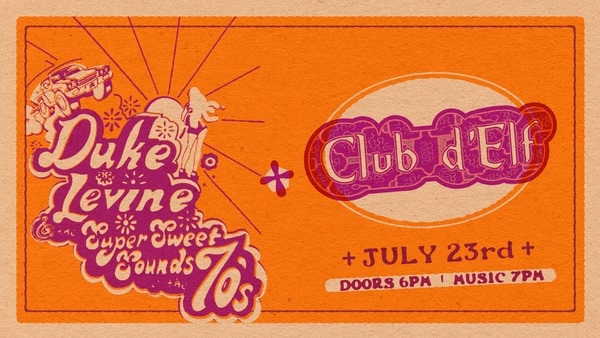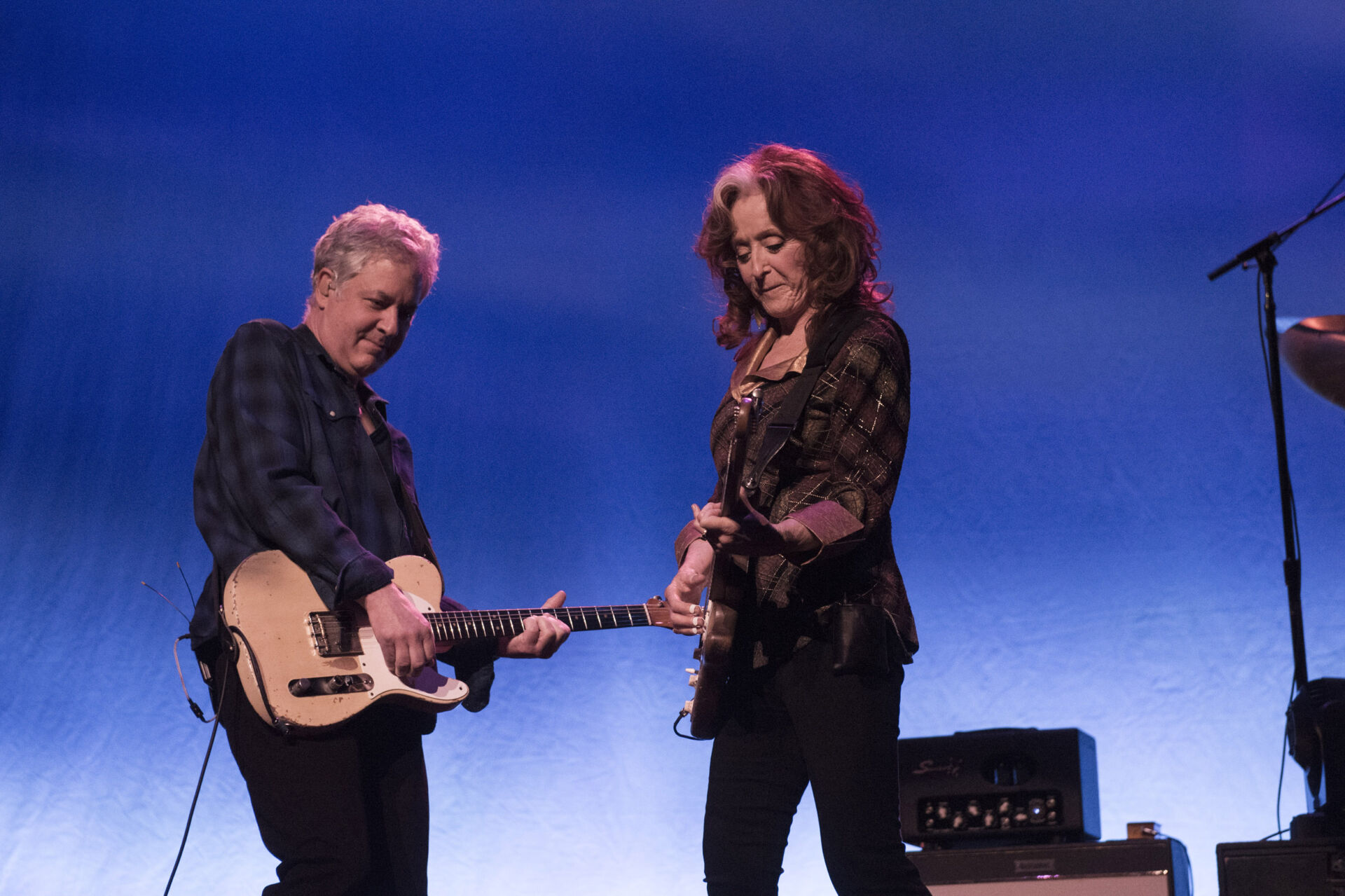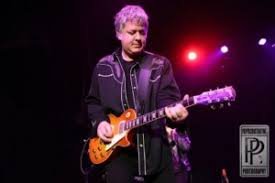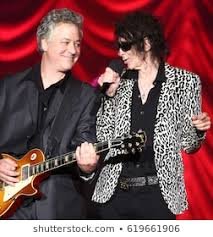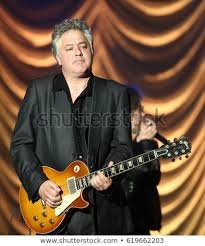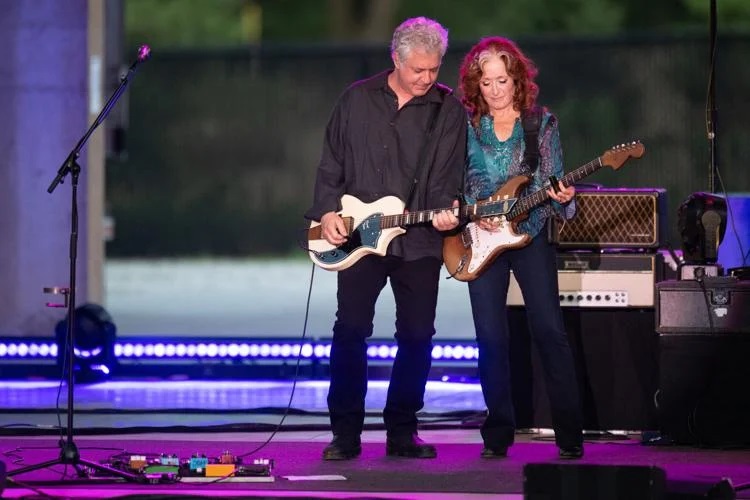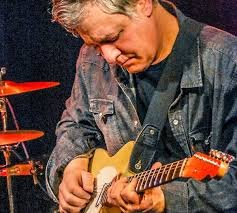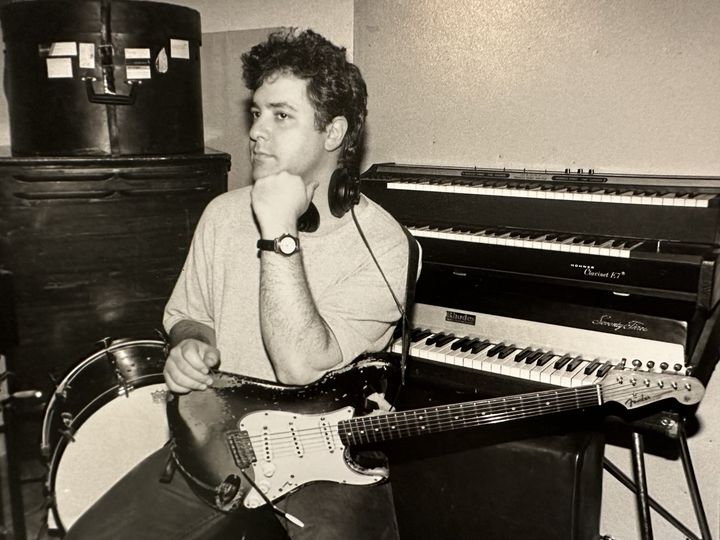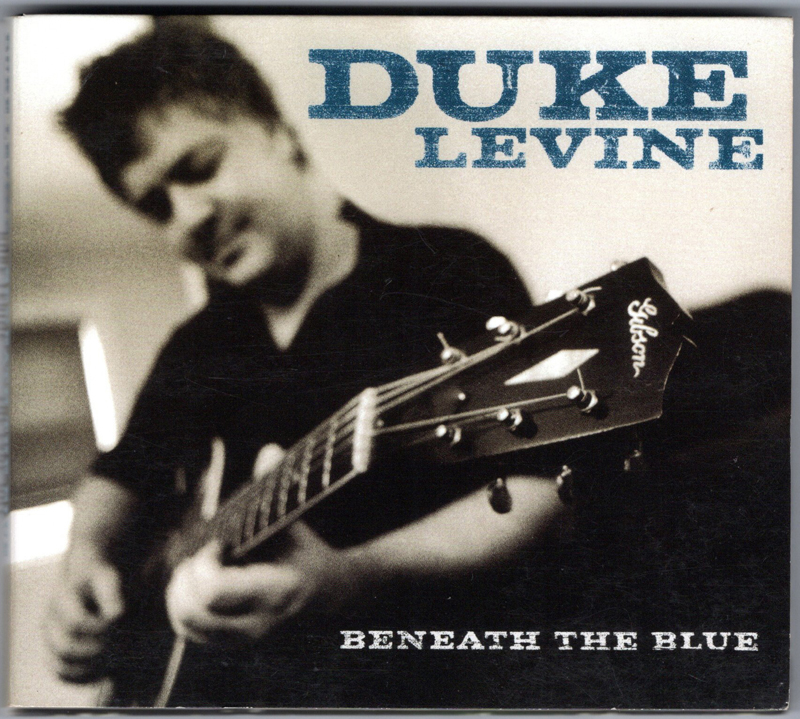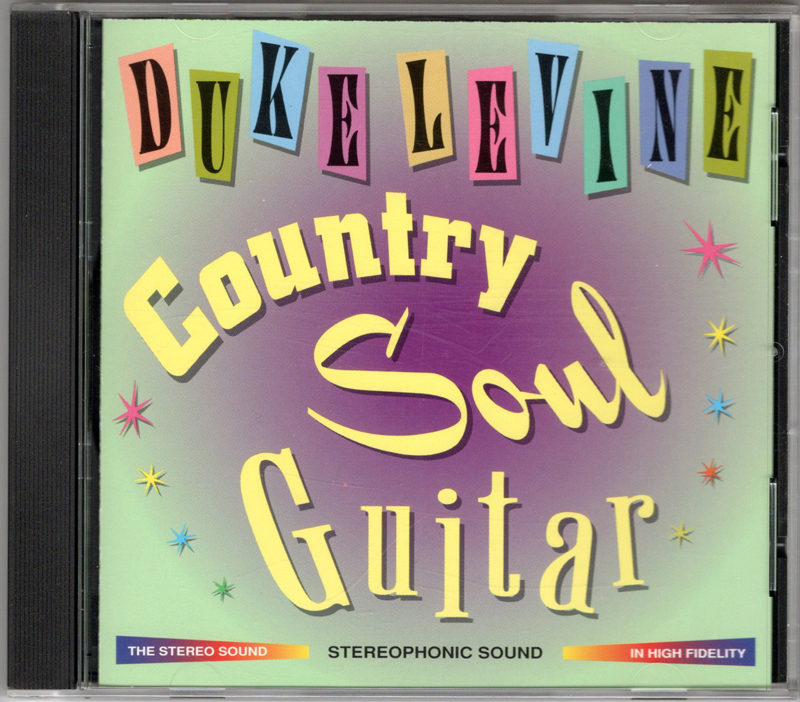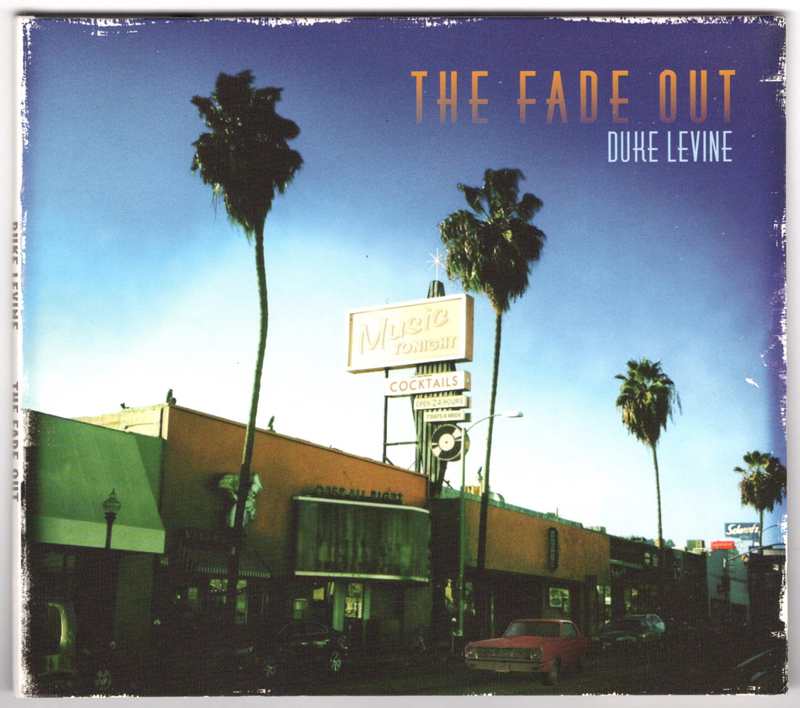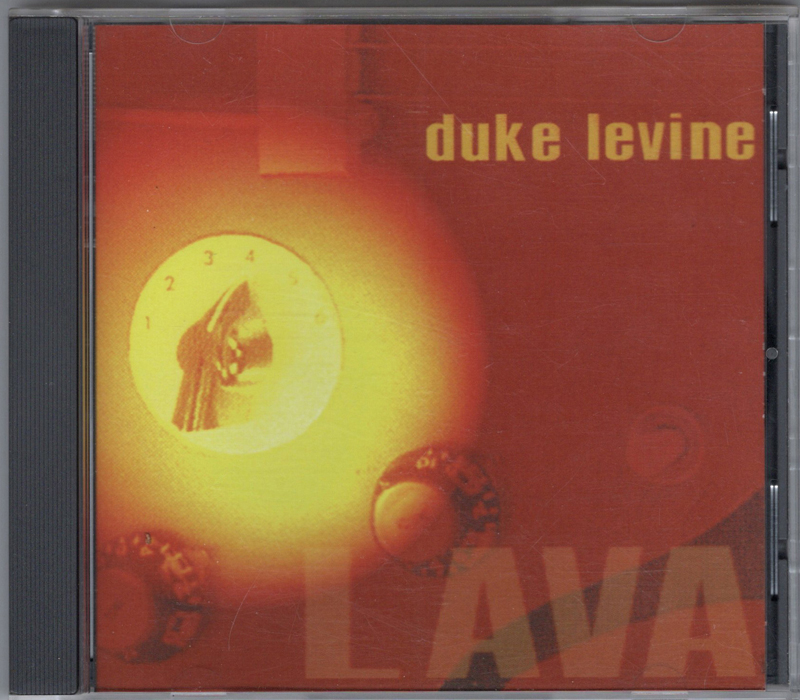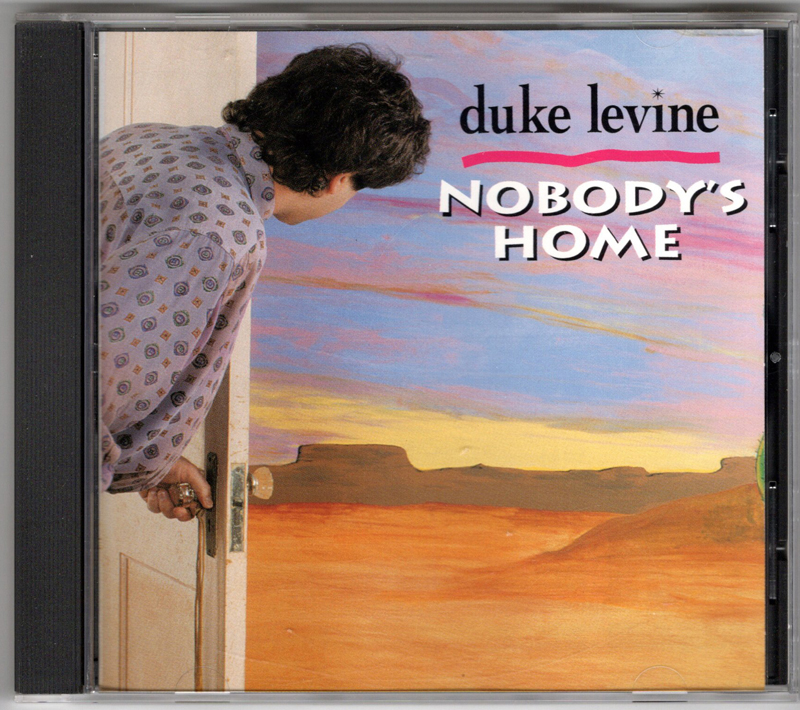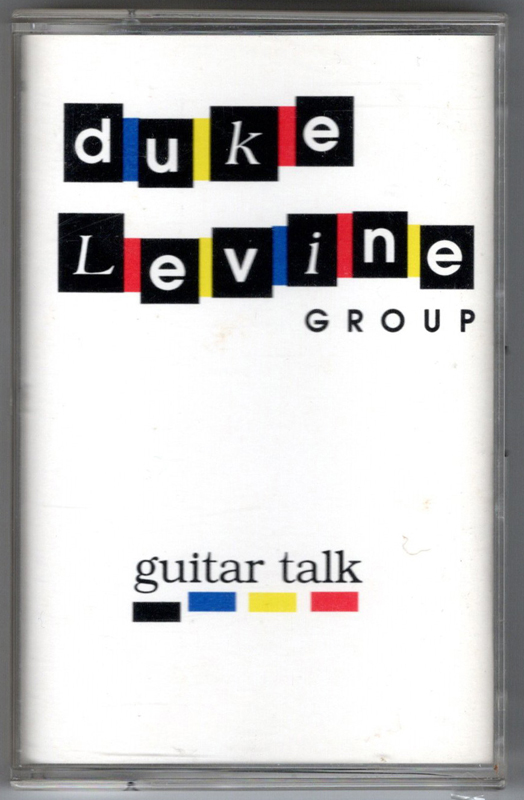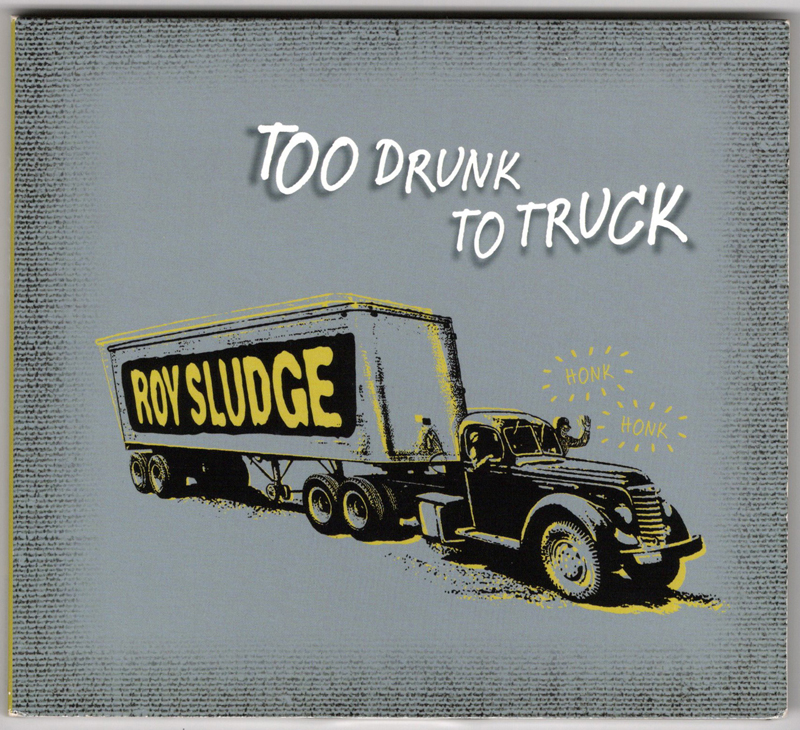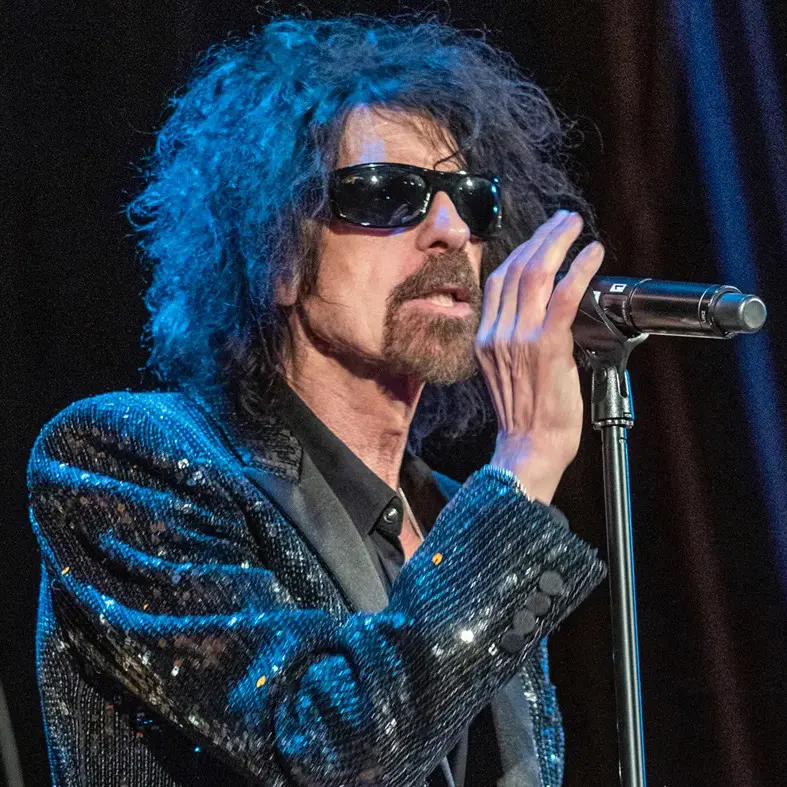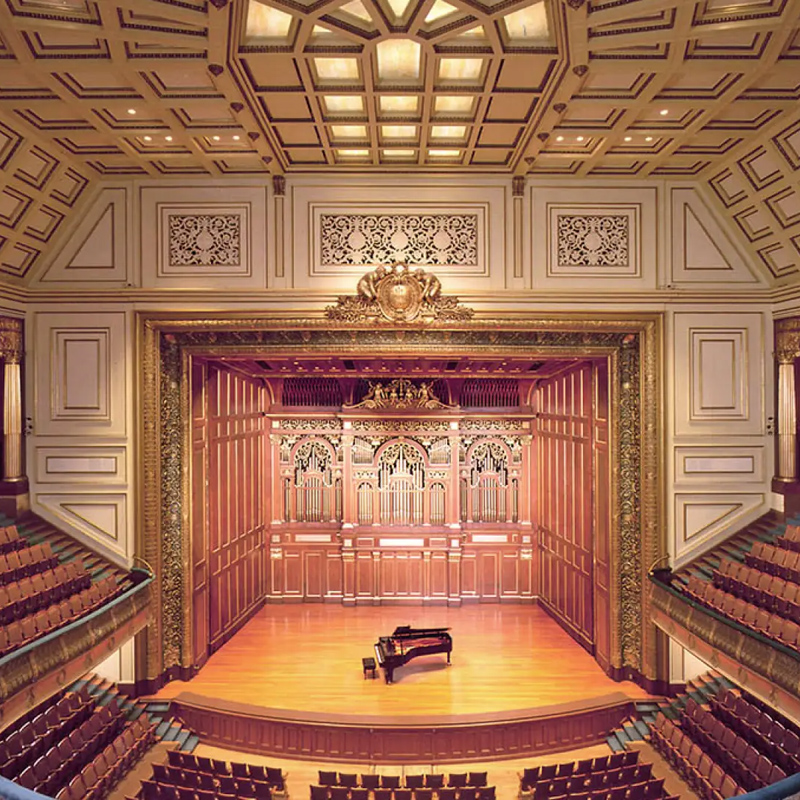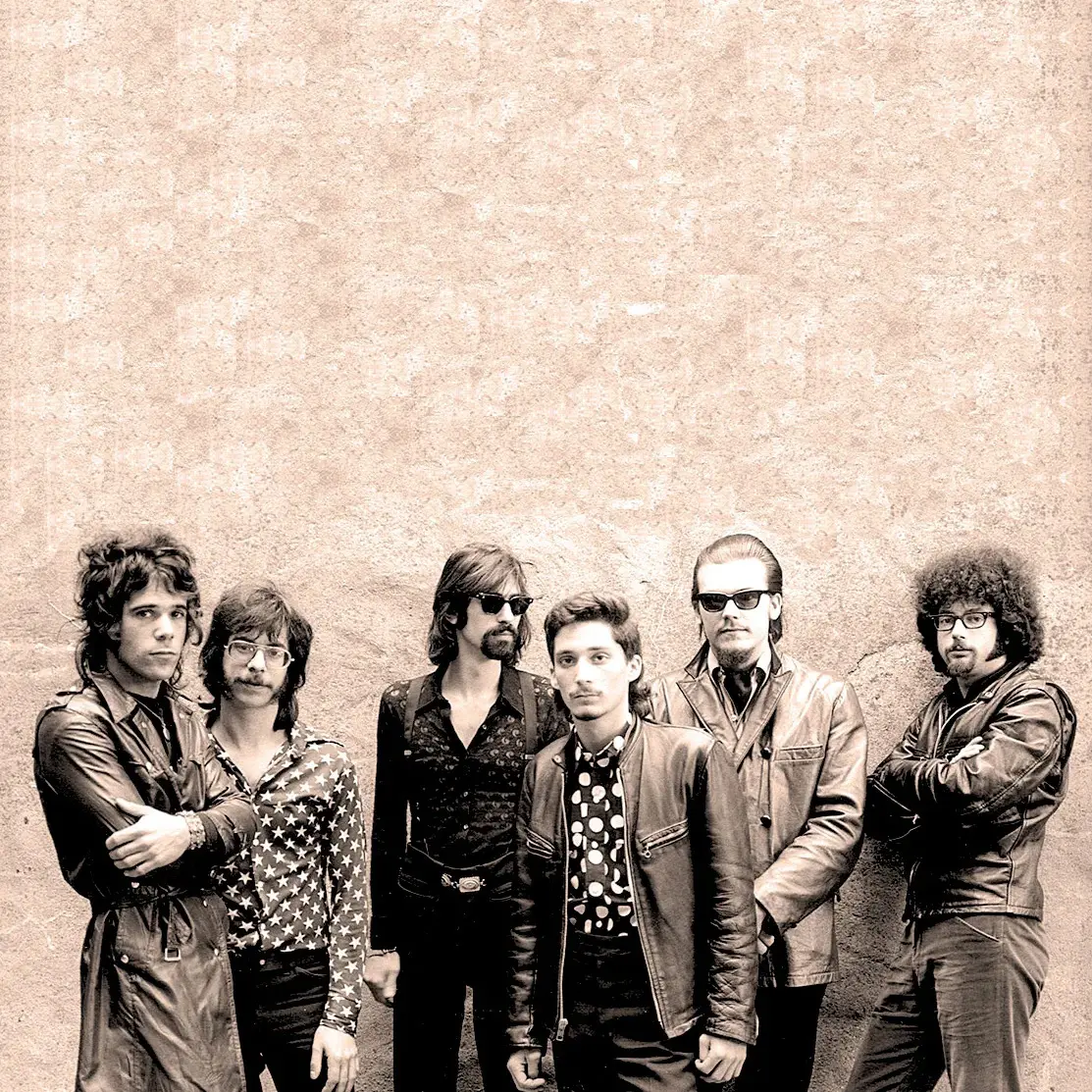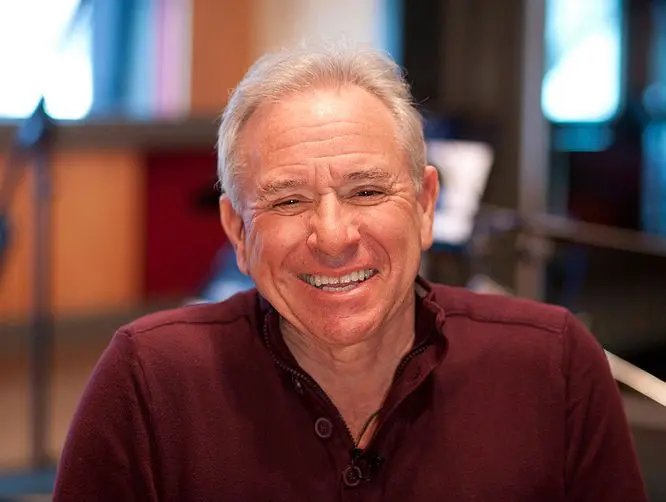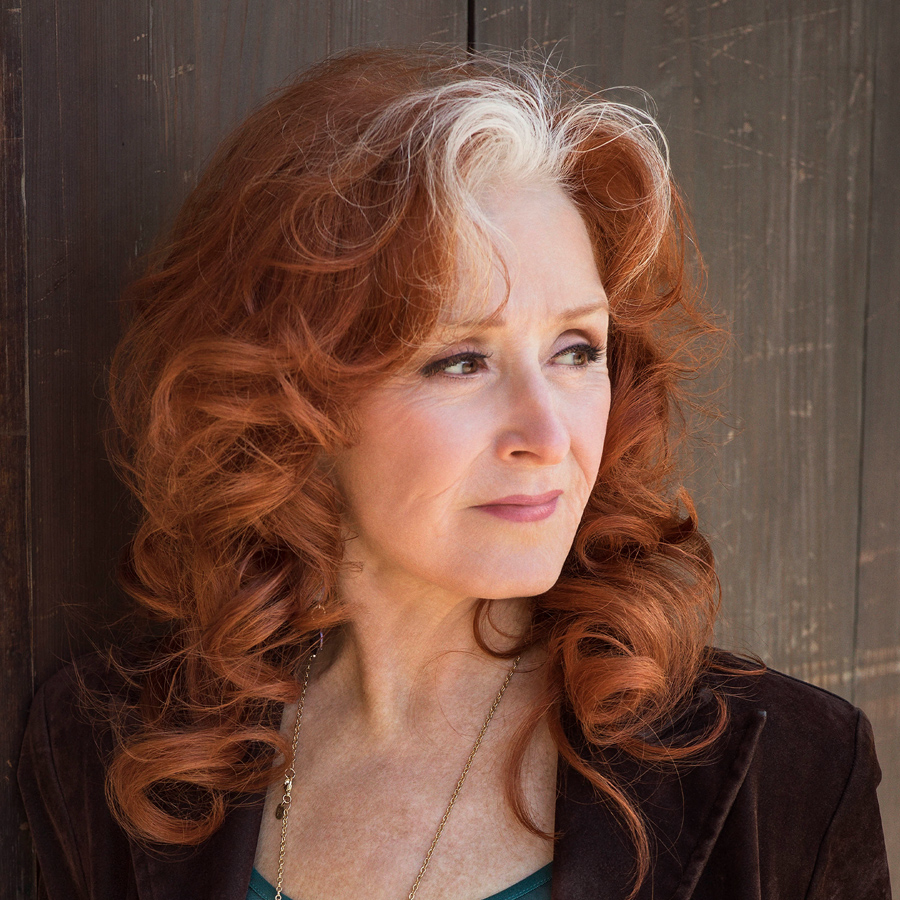Duke Levine
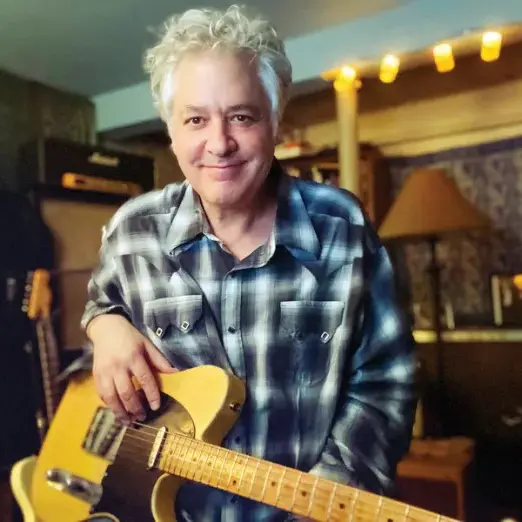
The first time Duke Levine picked up a guitar was when he was eight. His older brothers all played and Duke (real name Robert, the youngest of five kids) soon developed an interest. His first guitar was an acoustic model that belonged to his brother Rick and, after just one strum, he thought something along the lines of, “Hey, I’m making a pretty good sound!” What he didn’t know was that Rick had the guitar tuned to an open chord, so anyone strumming it would have sounded good.
Levine, born on November 29, 1961, a Worcester native and Malden resident, has come a long way since then. He’s been a part of a slew of bands and has developed a strong reputation as a go-to session man. His stage and studio resume encompasses projects with, among others, The J. Geils Band, Mary Chapin Carpenter, Otis Rush, Peter Wolf and The Story (featuring Jonatha Brooke). He’s also had longstanding collaboration with John Sayles’ film composer Mason Daring; some of Levine’s tastiest guitar work appears on the track “Music Keeps Rollin’ On” from the Honeydripper soundtrack.
EARLY TRAINING, BANDS, SUPER SWEET SOUNDS OF THE ‘70S
Levine’s earliest teachers were his guitar-playing brothers Rick and Elliot, who showed him basic chords. He also studiously listened to and learned how to play along with the records in his brothers’ collections. By age 12, he was gigging at churches and high school dances with some 13-year olds in the rock cover band Cloudy Heaven (later changed to Landslide) and he began taking lessons with jazz guitarist Rich Falco at 15.
During high school, Levine amassed a detailed knowledge of guitars while working at Union Music in Worcester. After graduating, he joined Walter Crockett’s band, Crockett, playing originals and some covers that ranged in styles from bluegrass and punk to standard rock and ska. Later on, Levine studied with Mick Goodrick and Bob Moses at New England Conservatory, earning a degree in jazz performance.
In the 1980s, he had residency at the Lizard Lounge in Cambridge doing a series of shows called “Super Sweet Sounds of the’70s” with Kevin Barry on guitars, Mike Rivard on bass, Paul Schultheis on keyboards, Dean Johnston on drums and percussionist Yahuba performing instrumental versions of ’70s pop and rock tunes. The idea, he says, was partially brought about by his early musical influences. “I make original instrumental records, but I don’t write very prolifically,” he said. “I thought it would great to have a whole other gig with a whole other body of music, and at some point, I got the idea to use ’70s material for a whole show. There was a lot of cool stuff in my memory of it from when I was growing up. Some was stuff that everybody knows, some was stuff that might be obscure. I just wanted to bring it to life and make some arrangements out of it so that it could become something new or at least fresh.
“One of the first tunes that got the concept going for me was Janis Ian’s ‘At Seventeen,’” he added. “The idea was what if this was on Jeff Beck’s album Blow by Blow? What if he covered this song? So, I made a version that almost sounds like it could be a tune from that record. That was the creative part of the whole thing that I got a kick out of.”
SOLO ALBUMS, BONNIE RAITT, GUITARS
Levine’s cut a number of instrumental albums under his own name, including Guitar Talk (1989), Nobody’s Home (1992), Country Soul Guitar (1994) and Lava (1997), which led to him winning the prize for Unsung Hero at the Boston Music Awards in 2006. His most recent solo discs are The Fade Out (2016) and the EP Left to My Own Devices (2021). In early 2022, he joined Bonnie Raitt’s band after her longtime guitarist George Marinelli opted out of touring.
In a 2019 interview, Levine was happy to talk about multiple musical topics, but he always circled back around to guitars. “My first cool guitar was a Gibson SG Special that I got when I was around 14,” he said. “But it was stolen out of our parents’ house. That house got broken into twice. I think it was because my brother’s band, The Prairie Oysters, used to rehearse in the basement, and later my band Landslide rehearsed there, too. I think people got the idea that there was some good stuff down there.”
There were many other guitars after that, and Levine became known as a “Stratocaster guy”, though he often played a Les Paul, too. These days, he’s almost always seen with a Telecaster. “I don’t know what happened,” he admitted. “I got a Telecaster in the early ’90s and I just loved it. For quite a while there, I’d play both the Strat and the Tele on gigs, go back and forth between them. But eventually I just took to the Telecaster. On the Sweet ’70s gig, I sometimes play a Les Paul.”
COMMENTS ON STYLES, NATURAL ABILITY, “FIGURING IT OUT”
Regarding the wide variety of styles that he’s dipped into, Levine said he’s always been interested in mixing things up. “I would say I’m open to every kind of music,” he said. “I had a period of playing on the blues scene more than others, but by the time of my first album, Guitar Talk, which I think is a blues-fusiony kind of sounding record, I already knew I wanted to try an instrumental band that played more roots and country music.”
Told that no matter what genre he tackles, and no matter how complex the music, he somehow makes it look easy to do, he offered a shy, reserved, very modest thanks, then attempted to explain it. “I think there are certain of us that have a natural ability,” he said. “I believe there’s a reason that you take to an instrument, because there’s a certain thing that you’re born with, and then it’s up to whoever gets that to work on it and get as good as you can with it. I took to it early on and it felt like it was something I could do. Also, I really loved figuring it out, learning and teaching myself. Most players I know that have the natural ability also have that natural instinct to know what they need to work on and the curiosity to want to learn.”
(by Ed Symkus)

